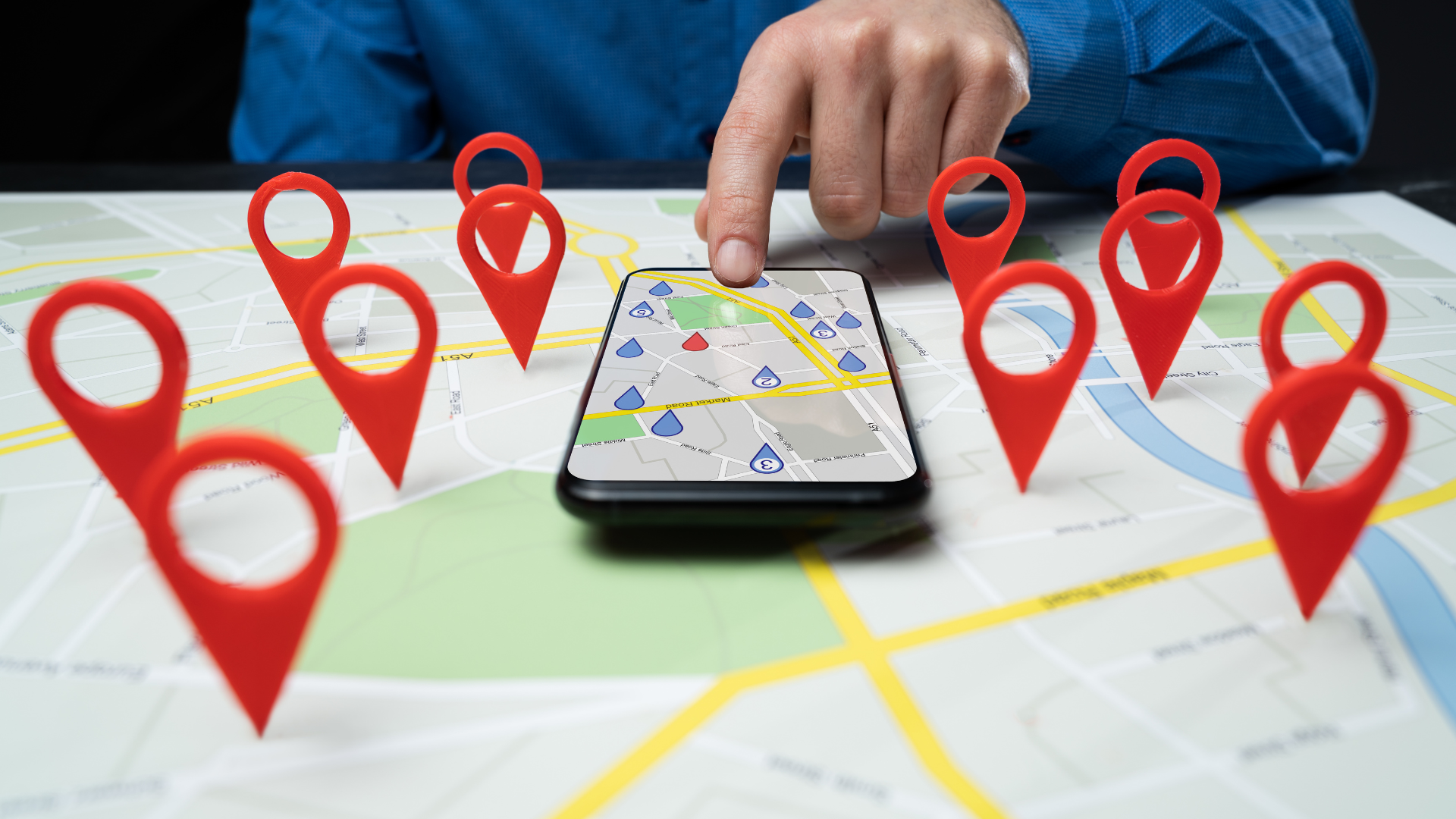Alt Tags: The Small Website Detail That Makes a Big SEO Impact
Christopher Anteau • August 8, 2025
🖼️ Alt Tags: The Small Website Detail That Makes a Big SEO Impact

If you're a contractor in Traverse City, a solopreneur in Petoskey, or a home service provider anywhere across the northern lower peninsula of Michigan—or even operating in another part of the country—your website is your digital storefront. And while you may have invested in great visuals, there’s one behind-the-scenes detail that could be quietly holding back your SEO: alt tags.
🔍 What Are Alt Tags?
Alt tags (short for “alternative text”) are brief descriptions added to images on your website. They serve two key purposes:
- Accessibility: They help visually impaired users understand your content through screen readers.
- SEO: They help search engines understand what your images are about, which can improve your rankings and visibility.
Think of alt tags as captions for Google. Without them, your images are invisible to search engines.
🚀 How Alt Tags Boost SEO
Alt tags are a small but mighty part of your on-page SEO strategy. Here’s how they help:
- Improved Indexing: Search engines can’t “see” images, but they can read alt text. This helps your content get properly indexed.
- Keyword Optimization: Including relevant keywords in alt tags can reinforce your page’s topic and improve search relevance.
- Image Search Visibility: Alt tags make your images eligible to appear in Google Image Search, driving additional traffic.
- Faster Load Times: Properly tagged images often accompany optimized file sizes, which improves site speed—a ranking factor.
🧰 Alt Tags in Action: A Michigan Example
Let’s say you’re a roofing contractor in Gaylord. You upload a photo of a recent metal roof installation. Instead of leaving the image unnamed, you add an alt tag like:
“Metal roof installation on residential home in Gaylord, Michigan by licensed contractor”
Now, when someone searches for “metal roofing Gaylord MI,” your image has a better chance of showing up—and your page gains SEO credibility.
💡 Best Practices for Writing Alt Tags
- Be Descriptive: Describe what’s in the image clearly and concisely.
- Use Keywords Naturally: Include relevant terms but avoid keyword stuffing.
- Keep It Short: Aim for 125 characters or less.
- Don’t Repeat: Each image should have a unique alt tag.
- Avoid “Image of…”: Screen readers already know it’s an image—just describe the content.
🏡 Local Roots, National Reach
At Noacol Creative, we help small businesses from Northern Michigan to New Mexico build websites that work smarter—not harder. Whether you're a freelance designer in Alpena or a contractor in Arizona, we specialize in affordable, effective strategies that improve your online presence and help you get found.
Read More











